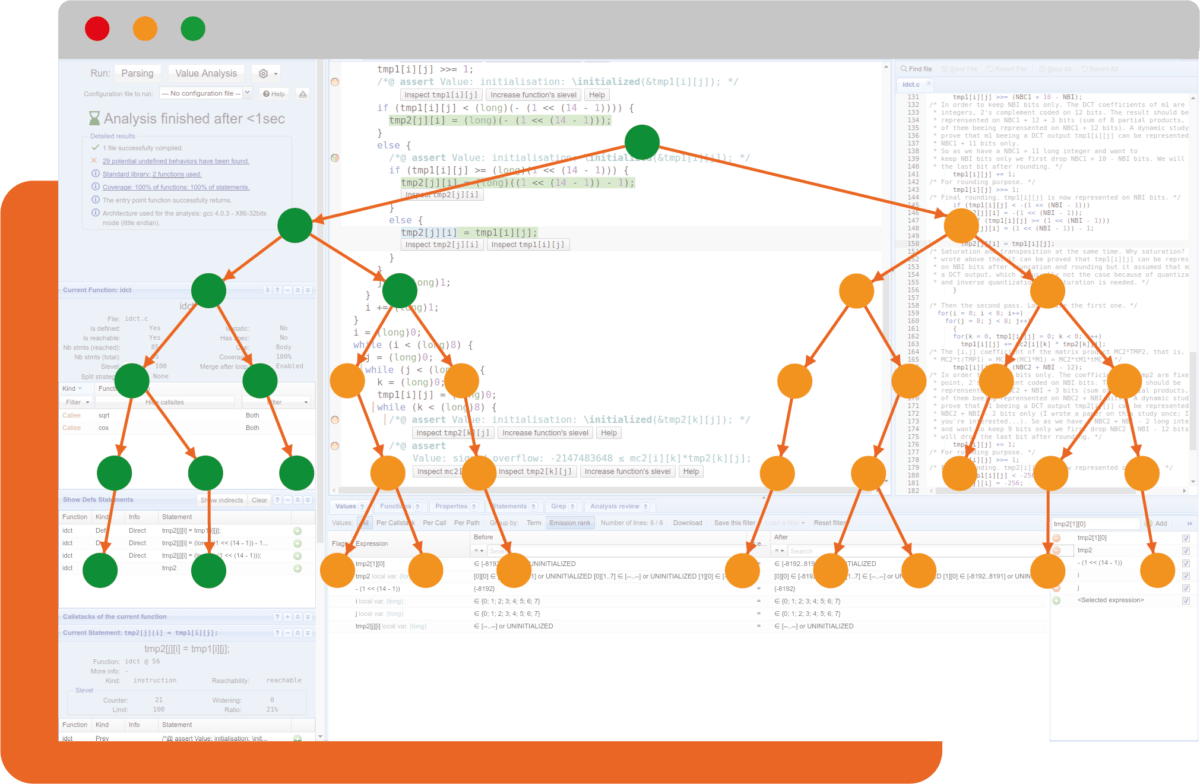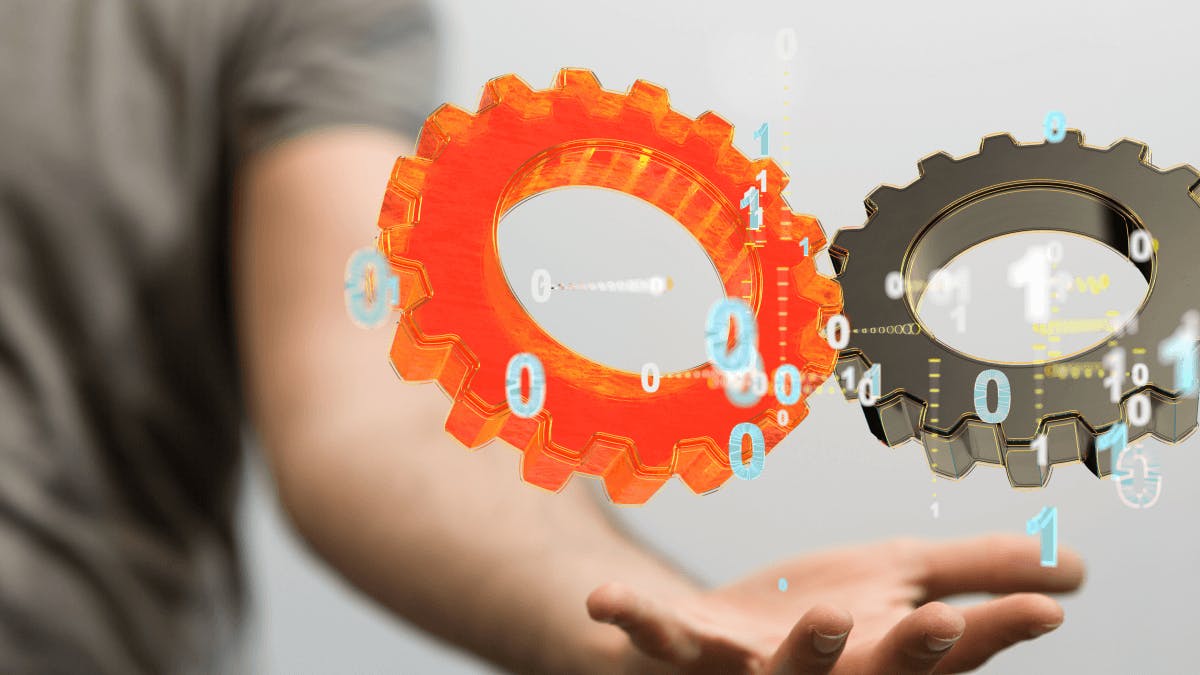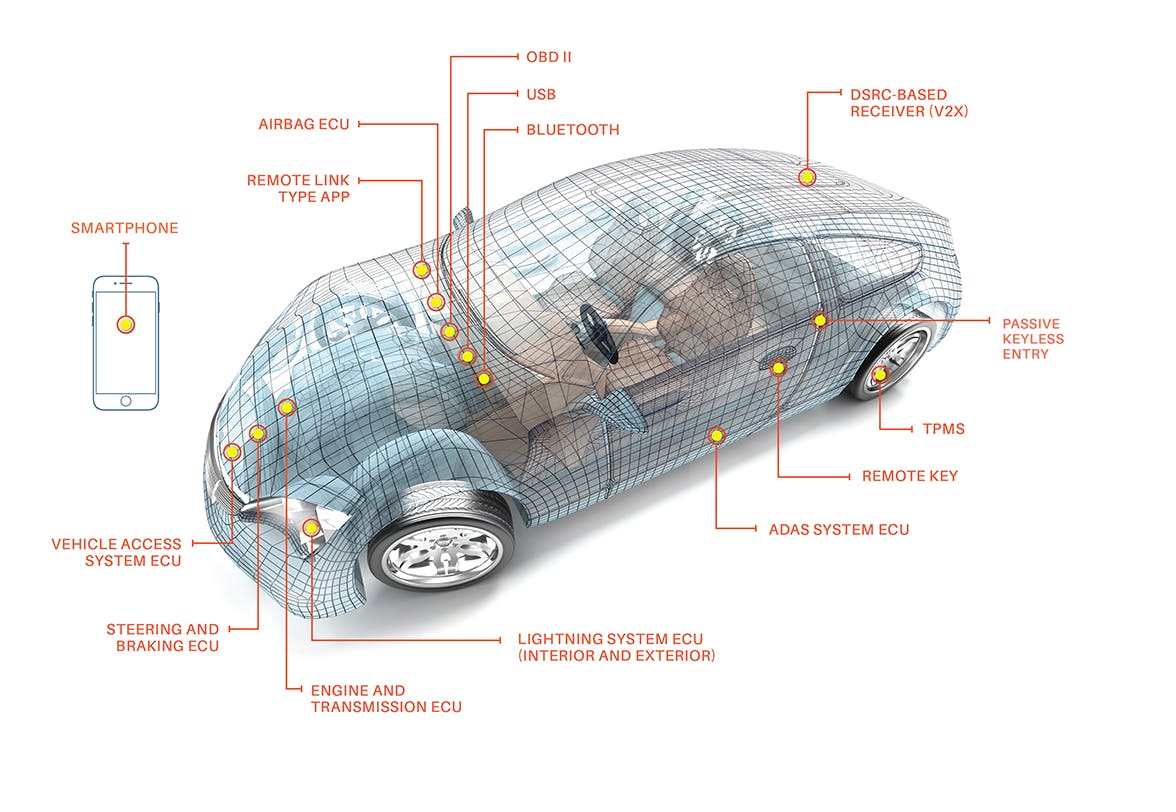Empower Your Automotive Software with AUTOSAR

Enhance safety, interoperability, and performance with TrustInSoft
AUTOSAR (AUTomotive Open System ARchitecture) is a standardized software architecture that streamlines development for modern vehicles, enhancing safety, efficiency, and innovation. TrustInSoft ensures enhanced safety, interoperability, and performance for AUTOSAR compliance and security, reducing risk and accelerating development.
Book a Demo
Elevate AUTOSAR Compliance with Proven Formal Verification
TrustInSoft Analyzer transforms AUTOSAR compliance, utilizing exhaustive static analysis to ensure complete coverage. Resulting in error-free software, it significantly reduces costly recalls and enhances reliability.

Streamline Development, Maximize Efficiency
Accelerate your AUTOSAR projects with TrustInSoft. Our solutions integrate seamlessly, supporting continuous testing and updates without compromising the system’s integrity, significantly cutting down on development time and costs.

Boost Security Across Automotive Systems
Enhance your AUTOSAR applications’ security with TrustInSoft’s rigorous vulnerability detection. Our tools prevent security breaches by identifying and resolving potential threats before deployment, ensuring robust protection.



